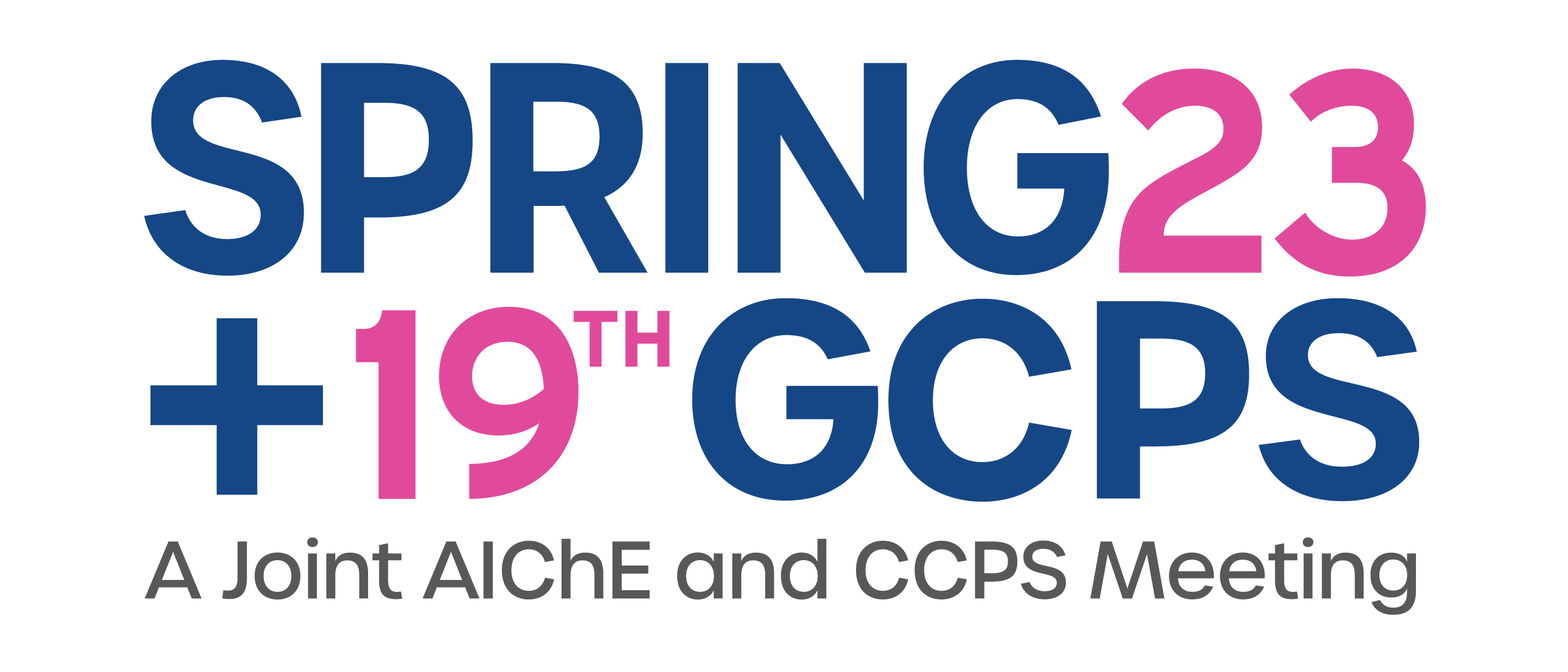

Rotodynamic Heater Technology: principle of operation, opportunities, and challenges
Coolbrook RDR and RDH share the same principle – they are electrically driven turbomachines where one or a cascade of stator-rotor-diffuser sequences heat gaseous feedstock efficiently into elevated temperatures. The heat increase occurs intrinsically in the heated gas and results from conversion of rotor blade -induced kinetic energy of the gas into thermal energy by rapidly slowing the velocity of the gas. As the velocity of the gas slows down from supersonic to subsonic, a shockwave occurs that enhances the conversion of kinetic energy into heat.
Coolbrook’s RDH technology has potential to efficiently achieve process temperatures of up to around 1700 ºC for high volumetric gas flows and can thereby be used in processes that have been considered impossible to electrify. Main benefits of RDH are compact equipment size, competitive CAPEX and OPEX, and CO2 emissions avoidance when powered by carbon neutral electricity. Additional advantages of RDH-based process heating arise from possibility to recycle the gaseous heating medium, >90% electricity-to-heat efficiency and ability of RDH to increase the gas pressure and thus operate as a combined heater/blower.
Pilot plant results
Coolbrook’s Pilot plant in Brightlands Campus in Geleen, Netherlands is being built to test and develop RDR and RDH Technologies for electrified process heating and steam cracking of hydrocarbon feedstock.
Aerodynamic design of Coolbrook turbomachine has been done in cooperation with partners from academia and industry using state-of-the-art CFD modeling. Aerodynamics and rotor-stator-diffuser design dictate the performance of the machine in terms of heat and mass flows. Preliminary air testing of RDH/RDR power train was done in 2022 in Finland to experimentally verify the aerodynamic design and to demonstrate the principle of Rotodynamic Heating. At Brightlands pilot, the RDH test program consists of a variety of test runs with several gases, such as air, nitrogen, steam and methane, at temperatures up to 1000 °C.
Principles of aerodynamics design and preliminary results on the performance of the heater will be presented along with the general set-up of the pilot unit
Applications of Rotodynamic Heating in Heavy industry
A vast number of heavy industry processes require temperatures up to or over 1000 °C. Achieving such temperatures without giving rise to carbon dioxide emissions is a challenge that has not been properly addressed. Solution such as carbon capture, hydrogen firing or bio-based feedstock have proven costly in reducing the carbon footprint, and direct electrification of processes operating above 600 °C is challenging for electric heating technologies.
Rotodynamic heater provides a game-changing solution for compact and efficient electric heating of gaseous media into temperatures up to and above 1000 °C. Examples of the opportunities of Rotodynamic Heater in decarbonising the heavy industry include
- Hot gas generator for drying solid materials
- Heat provision for heat storages
- Revamp of existing furnaces for electric heat input
Future applications will include hydrogen heating for clean steel production, kiln heat generation for cement manufacturing, lime recovery or clay activation, and many other applications where hot gas from RDH is directly or indirectly used to heat high temperature processes.
Presenter(s)
Language
Pricing
Individuals
| AIChE Member Credits | 0.5 |
| AIChE Pro Members | $19.00 |
| Fuels and Petrochemicals Division Members | Free |
| AIChE Graduate Student Members | Free |
| AIChE Undergraduate Student Members | Free |
| AIChE Explorer Members | $29.00 |
| Non-Members | $29.00 |
